The quaint riverfront village of Cold Spring, New York, is not immediately synonymous with one of the largest private collections of modern and contemporary Italian art in North America. But in this Hudson Valley community, located roughly 50 miles north of New York City and shrouded by the forested peaks of Storm King Mountain and Breakneck Ridge, the museum and research center Magazzino Italian Art has steadily developed a robust curatorial and research program dedicated to just that. This week, Magazzino—Italian for “warehouse”—opens the Robert Olnick Pavilion, the second standalone structure on the nonprofit venture’s growing 10-acre hillside campus.
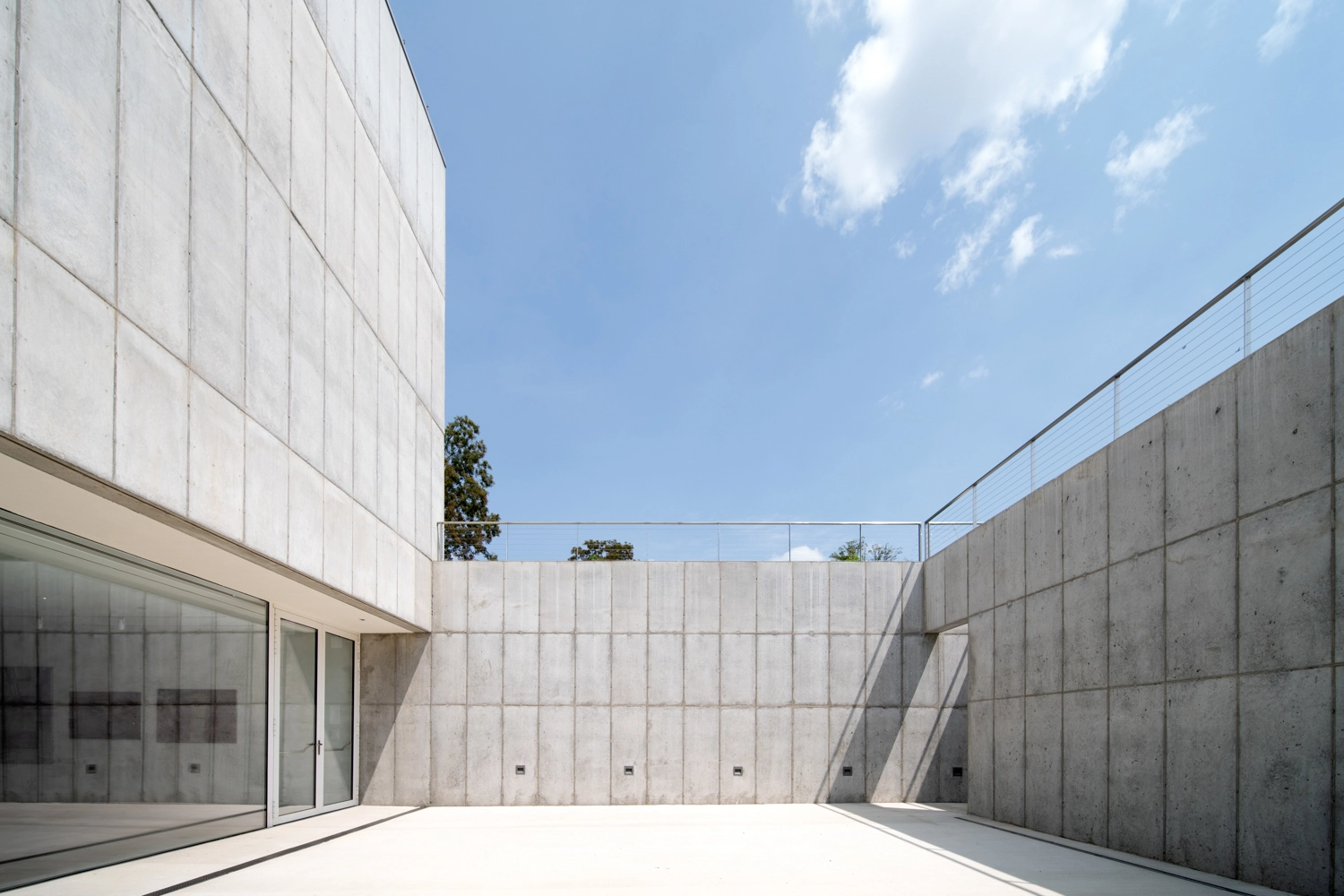
The Robert Olnick Pavilion, like the main pavilion, is built of poured-in-place concrete. Photo by William Mulvihill, courtesy MQ Architecture
The museum was founded in 2017 by collectors Nancy Olnick, scion of a prominent New York real estate family, and her Sardinia-born husband Giorgio Spanu. The two have amassed a vast collection over the last few decades, namely works of Arte Povera—the Italian artistic movement of the 1960s and ‘70s that heralded everyday materials in contrast to the blind commercialism of the postwar years. The new Robert Olnick Pavilion is designed by Spanish architects Alberto Campo Baeza and Miguel Quismondo; the latter has collaborated with Olnick and Spanu over the last 20-odd years as a full-time design advisor and led the way on Magazzino’s main museum building half a decade ago. Baeza designed the couple’s home in the nearby town of Garrison in 2008.
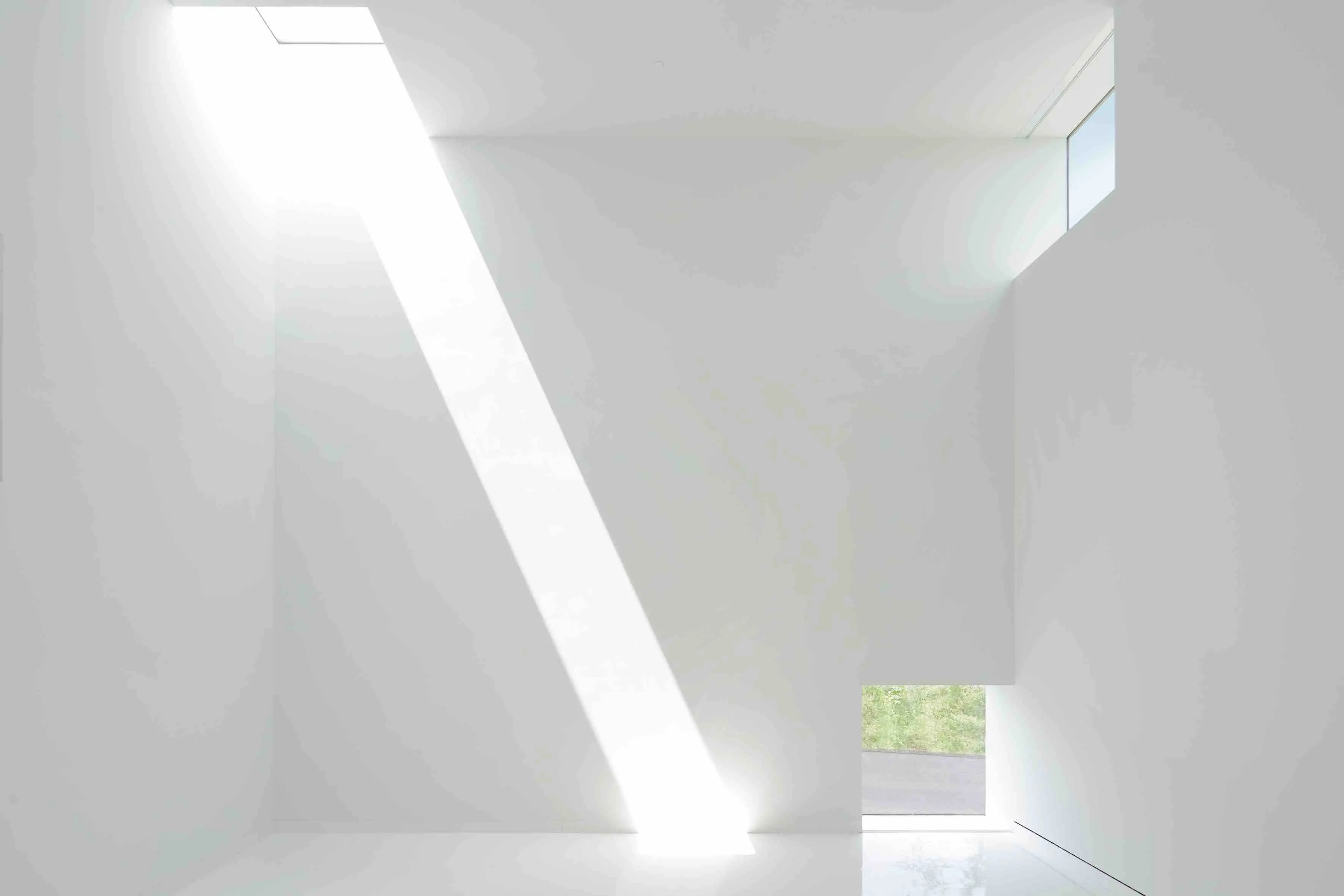
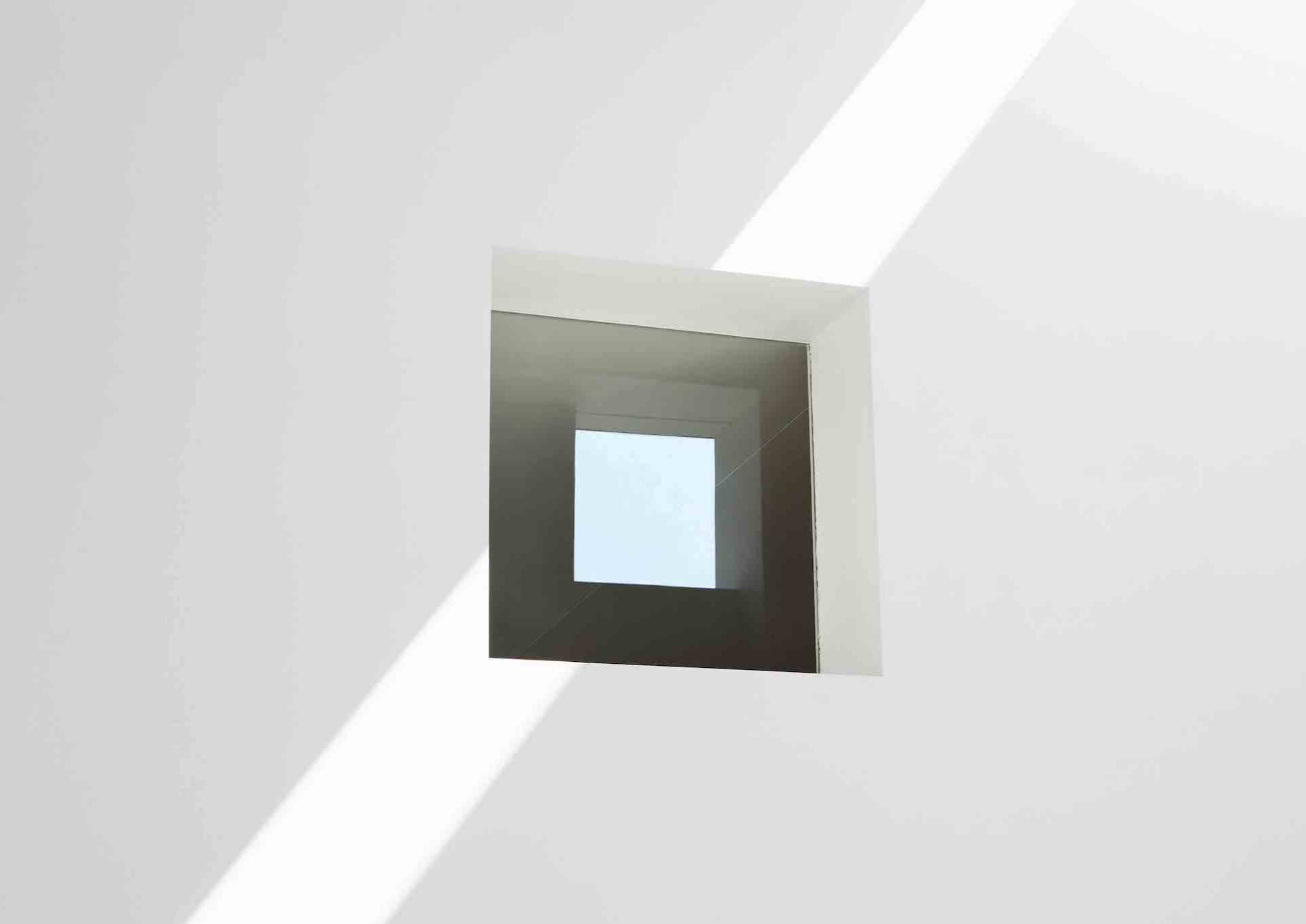
With its perfect-cube form and square windows, Gallery 2—also known as the “isotropic room”—creates a sundial effect throughout the day. Photos by Marco Anelli, courtesy Magazzino Italian Art
The design of the new 13,000-square-foot pavilion complements the spare aesthetics of the original gallery. It is hewn of poured-in-place concrete shaped by phenol-treated wood panels, measuring either two by four, or two by eight, feet. The result from the exterior is not so much a building, but a stepped greyish-white mass embedded within the adjacent landscaped slope, punctuated by select moments of fenestration and the checkerboarded lines of the formwork. While that primary construction material itself is heavy and imposing, the interior provides a surprising degree of airiness with its crisp sightlines, blindingly white color palette, and ample daylight provided by well-placed skylights. That interplay between mass and light is wholly visible within the pavilion’s Gallery 2, referred to as the “isotropic room.” Designed by Baeza, the room itself is a perfect cube, and, with square windows located at each corner, acts as something of a sundial throughout the day.
According to Quismondo, the design team also played the role of general contractor, and, to that end, sourced approximately 90 percent of the project’s labor within a 20-minute radius of the job site. Sustainable efforts include recycled rainwater used for the campus’s landscaping and newly installed solar panels that carry some of the pavilion’s electrical load. Nonetheless, it is difficult to see how such measures compensate for the carbon intensity of a material like concrete, that is used so extensively here.
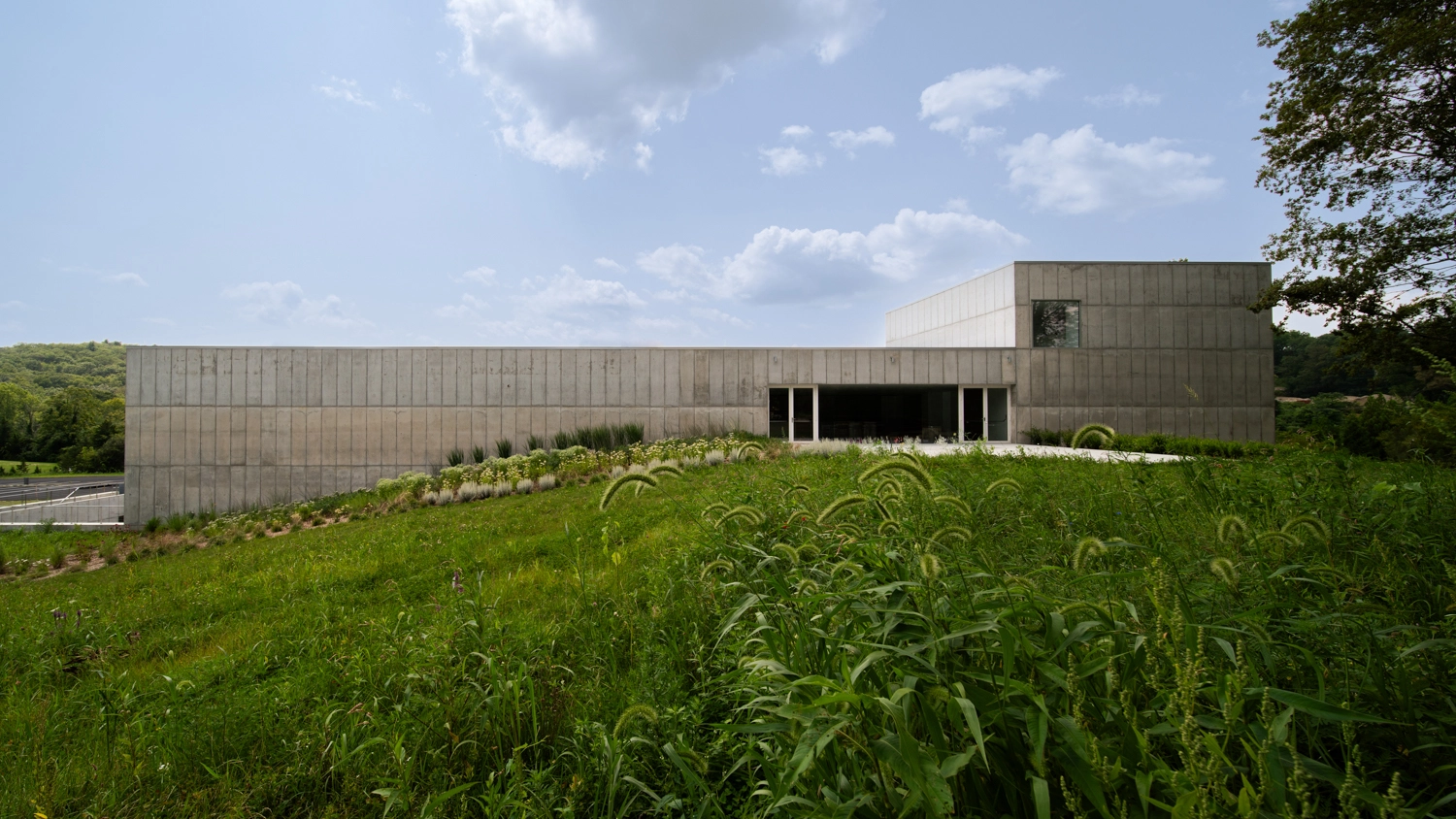
Rainwater is recycled for the campus's landscaping. Photo by William Mulvihill, courtesy MQ Architecture
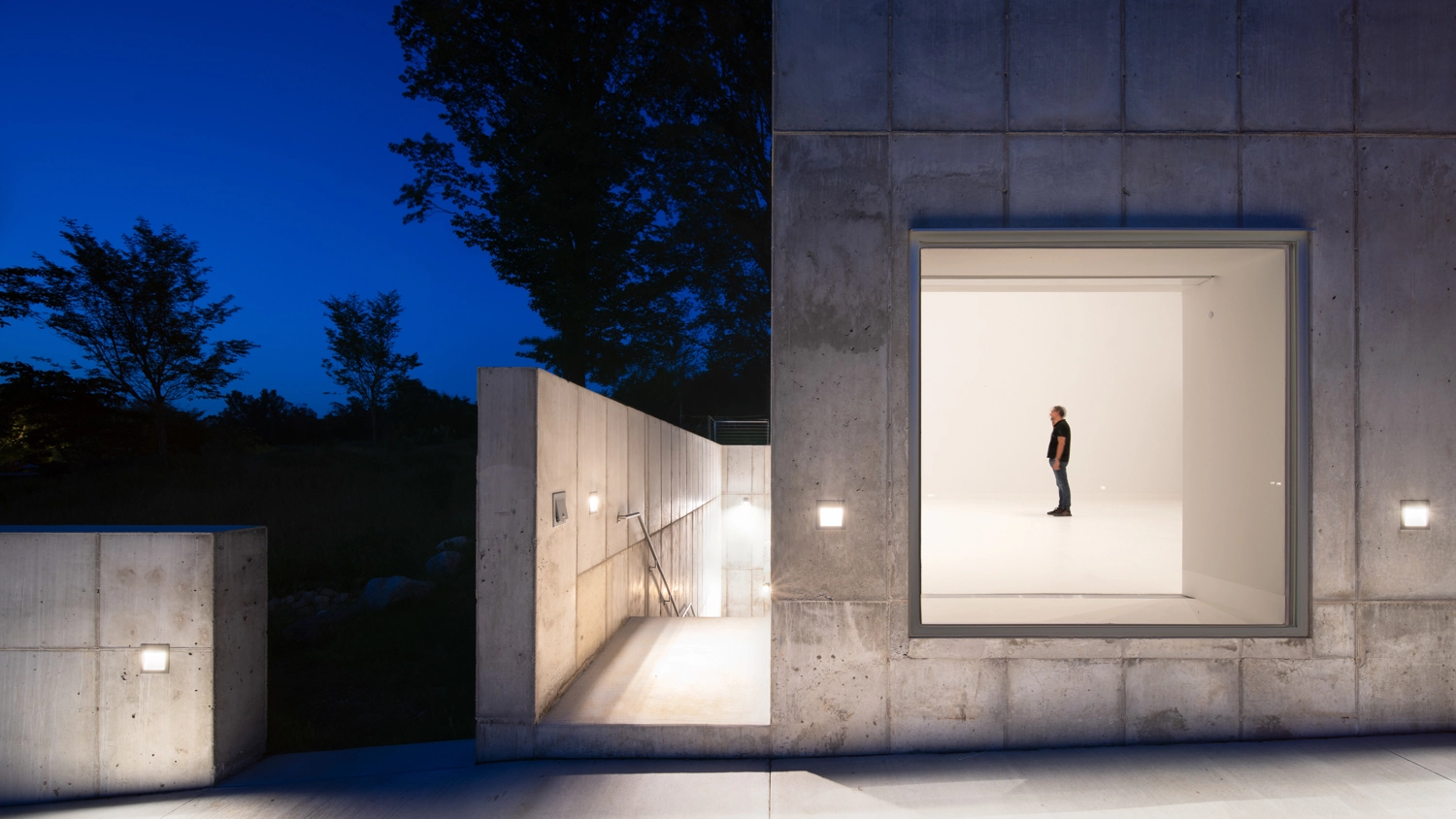
Exterior view of Gallery 2 at the Robert Olnick Pavilion. Photo by William Mulvihill, courtesy MQ Architecture
Programmatically, the new addition will allow Magazzino greater flexibility and reach to its mission. “We realized that the space Miguel originally designed was, perhaps, a bit tight for the ambitions of the institution, and, most importantly, the demands of our communinity,” said Magazzino executive director Vittorio Calabrese, noting the Cold Spring community’s “active” nature and the area’s deep ties to American history and art, namely the Hudson River School of painting. “It has been a privilege and success for us to welcome the community,” he said.
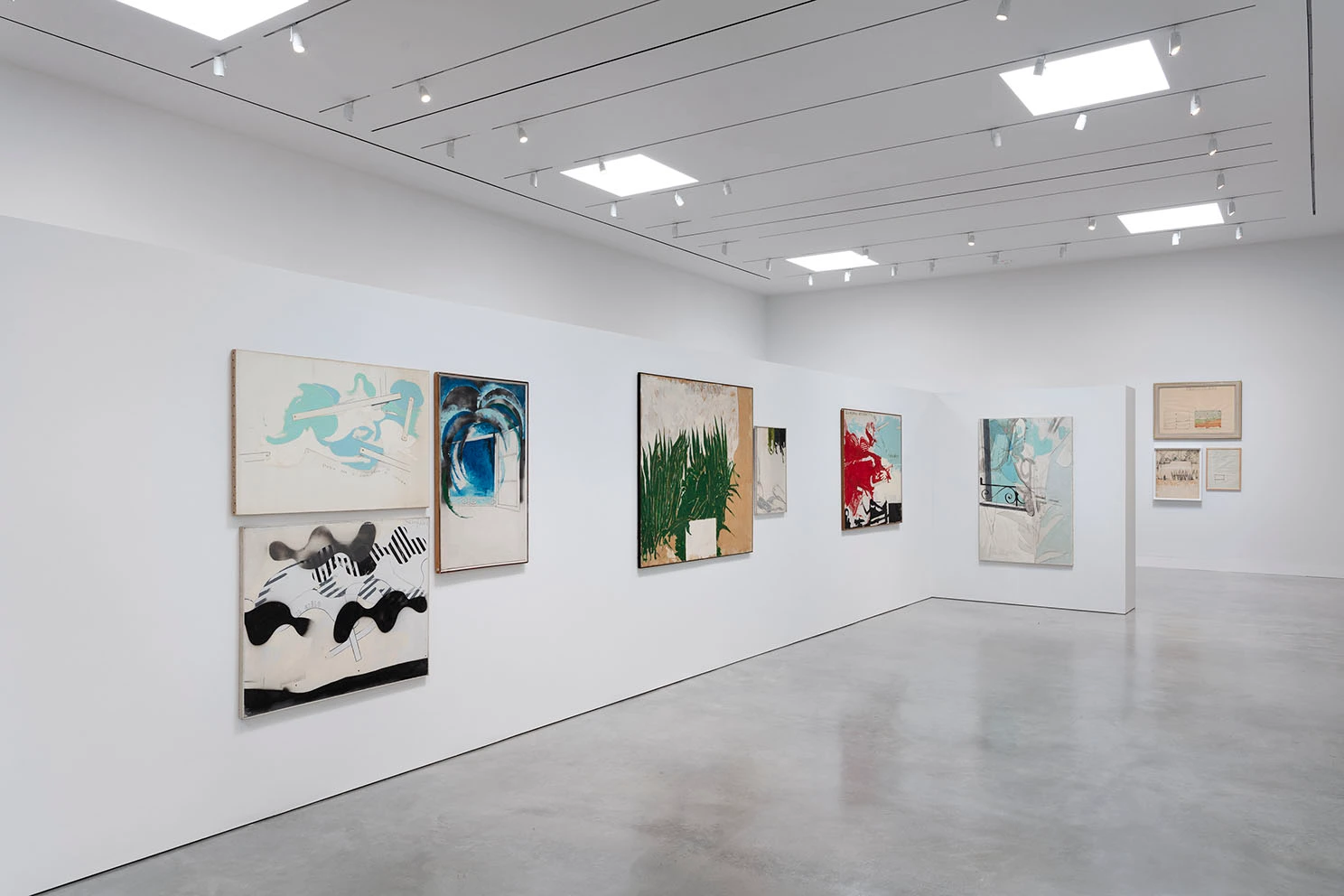
Works of Mario Schifano within a new gallery space. Photo by Marco Anelli, courtesy Magazzino Italian Art
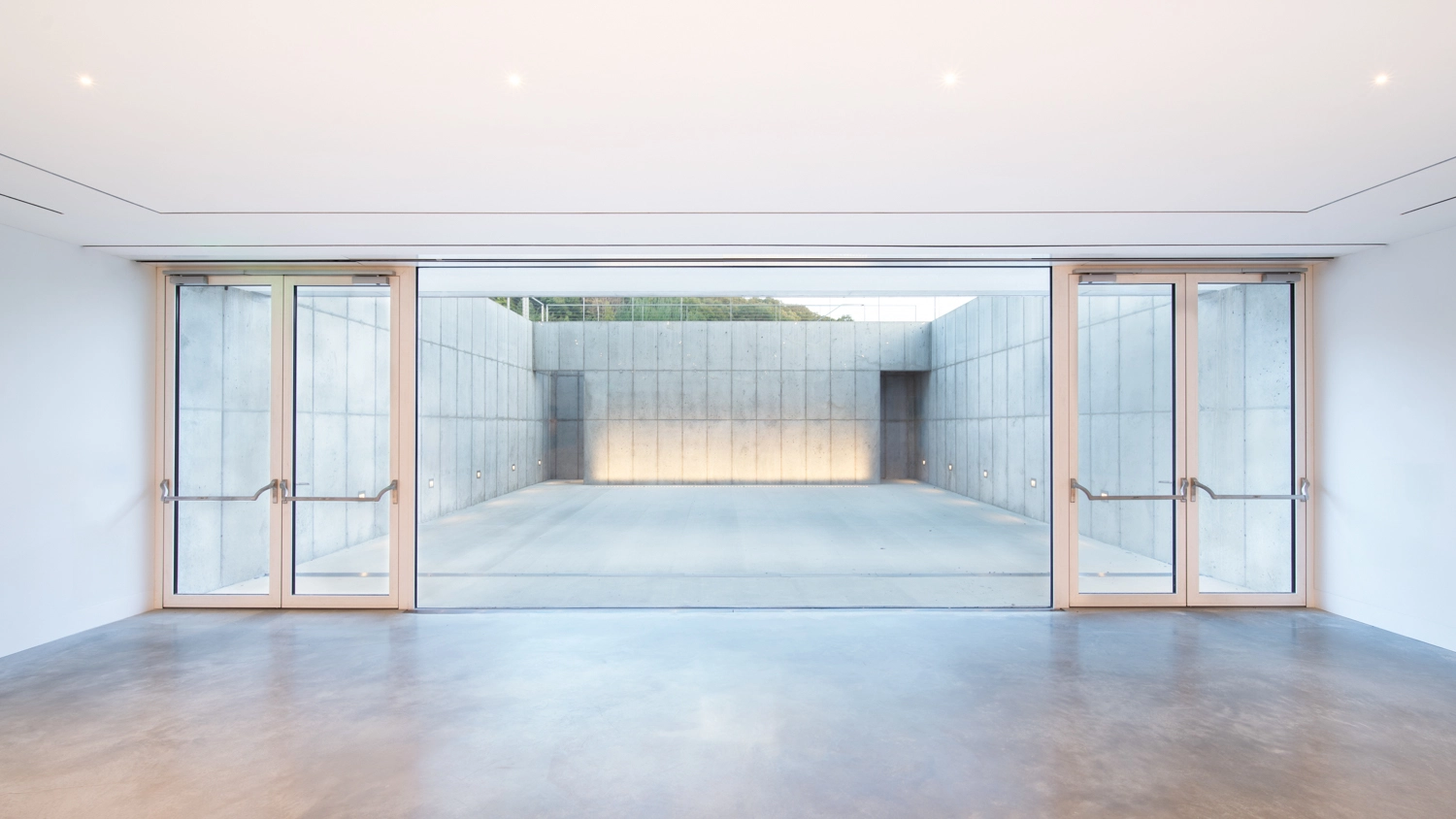
Flexible event space looking out to the lower level courtyard. Photo by William Mulvihill, courtesy MQ Architecture
The Robert Olnick Pavilion will host guest exhibitions from collaborating institutions while inaugural shows include works from the Fondazione Ettore Spaletti and the Archivo Mario Schifano, curated by Alberto Salvadori. Also on display in the new space are Marino Barovier’s curation of the Olnick Spanu collection of Carlo Scarpa–designed Murano glass. The basement level features a multipurpose room with auditorium capabilities and the mezzanine brings a combined café and store devoted to Italian decorative arts. Additionally, the extra breathing room will facilitate an expansion of Magazzino’s educational initiatives and public events.



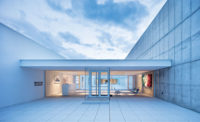
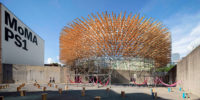
Post a comment to this article
Report Abusive Comment